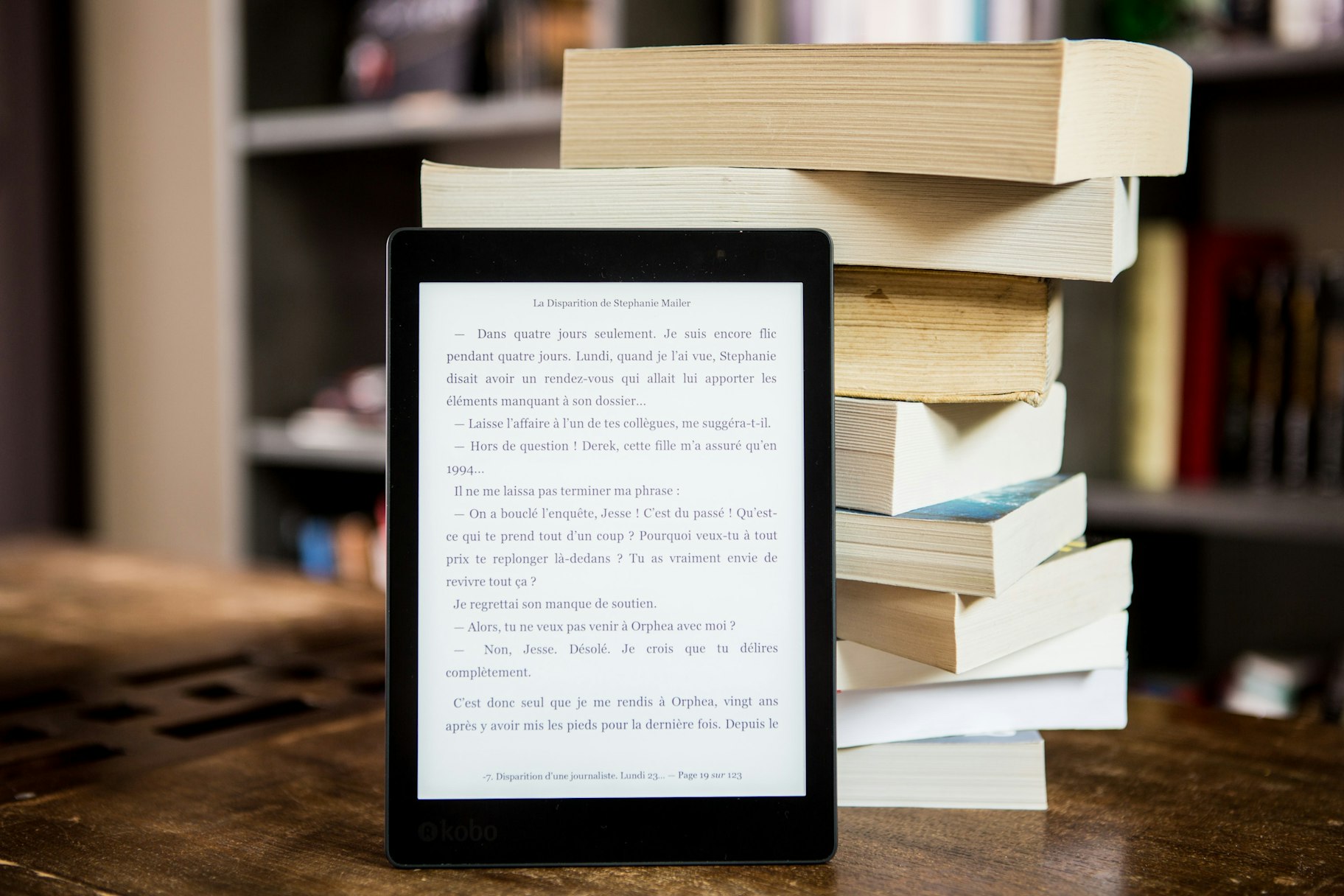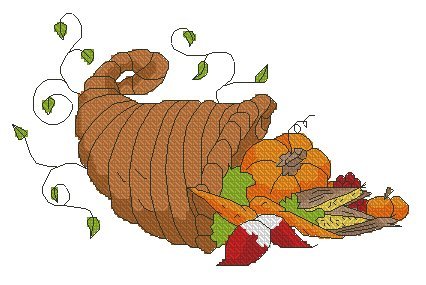We’ve all heard stories about how Amazon and other major retailers have “killed the bookstore” as we know it. But these tales are nothing more than fiction.
It’s true that these mega-brands have changed the game—in all forms of consumerism, not just books. But it’s also true that tons of niche bookstores, brands, and resellers have been able to carve themselves a special slice of the pie.
These are the ones who realized that this market is massive and flexible. They’ve also realized that book lovers are even willing to pay extra when these stores offer a special customer experience or unique personality flair.
In this article, we’ll cover the ins and outs of how to sell books online. From opening an independent bookstore to reselling to self-publishing your own work, we’ve got you covered on your path to delivering good reads to the masses.

Don’t wait for someone else to do it. Hire yourself and start calling the shots.
How to start an online bookselling business
1. Decide on a business idea
There are a dozen ways to launch a business in the book space. You can start with the traditional bookstore model, which covers many genres to attract a wider base of booklovers. Another way is to focus on a niche genre (e.g., action-adventure, fantasy), building a business around that specific theme. Here are a few more book selling business ideas:
- Write and self-publish your own book, selling to customers directly.
- Offer a specific type of books (e.g., coloring books, textbooks, comics).
- Sell used, out-of-print, rare, or vintage books IRL or online.
- Cater to a niche audience (e.g., women, LGBTQ+, children).
- Launch a book-themed subscription bundle or box.
- Sell audiobooks or ebooks online via digital delivery.
- Start a book adjacent business (e.g., paper and book cleaner, book stands)

2. Get familiar with trade terms
As a budding bookseller, it helps to get familiar with the terms frequently used in the book industry. Some key ones to learn include:
International Standard Book Number (ISBN): A numerical code used to identify a book. Libraries, publishers, retailers, and other businesses along the book supply chain use this unique number for ordering and stock control. All books published after 2006 have a 13-digit ISBN, while books published before that period have a 10-digit ISBN.
First edition: The first printed and commercially distributed copy of a book.
Advance reading copy (ARC): A pre-published, almost-complete copy of a book close to being released. ARCs are circulated to book buyers, reviewers, and influencers to build early buzz around a title.
Backlist: A publisher’s list of older books that are still in print and once enjoyed being on the front shelves of bookstores.
Out of print (OP): A book title that is no longer being printed or reprinted by the publisher.
Book wholesaler: A company that buys large quantities of books from publishers and sells them to retailers, libraries, and institutes. Wholesalers usually get volume discounts from publishers and can sell at a lower price without hurting their margins.
Book distributor: A business that warehouses and sells books to retailers, libraries, and sometimes wholesalers on behalf of publishers.
Trade bookseller: Another name for a retail bookseller or retail bookstore. Trade booksellers sell to the general public, and include online stores, large retail chains, and independent bookstores.
List price: The retail price or cover price of a book, often printed on the back cover or sleeve.
3. Choose your business model
Aspiring booksellers have a number of business models available at their disposal. However, they’ll select one of these two options: self-publishing, to sell their own books; or selling used and vintage books.
Self-publishing is a lot easier these days, thanks to a host of tools available online to assist you. Once you write a book and get it edited and formatted, you can take it to a book publishing platform, such as those run by Amazon or Apple, to create your new ebook, hardcover, paperback, or audiobook. You can also bypass traditional distribution channels and sell books through print on demand or by using your own website in digital formats.
But if you’re looking to open an independent bookstore, selling used and vintage books will give you a larger variety to work with. You can appeal to a specific niche by seeking out and selling books from a certain time period or genre, or simply sell a range of books from various sources, like thrift stores, garage sales, and library clearance sales. Other potential sources of inventory include:
- Online marketplaces like eBay
- Local buy-and-sell listings
- Used bookstores
Unless your used books are particularly rare, you’ll usually sell them for less than the standard list price. This means you’ll need to be selective about the books you carry, as low-priced books may be difficult to profit from, particularly after shipping and other fees.

4. Learn the sourcing process
If you’re opening a bookstore and planning to sell different books, you’ll need to find a supplier. You may choose to buy books from a distributor or wholesaler or work directly with a range of publishers. In either scenario, you’ll want to build a strong relationship with the vendor, as this can lead to discounts and deals over time.
While you may find that, as a new entrant in the books market, it’s easier to work with one wholesaler, the fact is it’s simple to set up accounts with publishers directly. Sure, some publishers have minimums, but many allow booksellers to order as little as one copy of a book. Publishers may also offer you little extras, like letters from authors and signed bookplates, as your relationship strengthens.
5. Set up your online bookstore
Now that you’ve chosen your business model and honed in on your supplier, you can set up your online store using an ecommerce platform such as Shopify.
Shopify has a number of preset themes that are suitable for bookstores. You can plug your copy, logo, and visual assets into a theme like Minimal or Label to create your store’s design. Many themes are fully customizable, allowing you to choose page elements and colors to suit your layout.
Shopify also provides useful add-ons and apps to make running a bookselling business easier. Here are a few worth checking:
- Easy Digital Products is ideal for bookstores looking to sell digital formats like PDFs, ebooks, and audiobooks.
- Kodbar: Barcodes & Labels can generate a variety of bar codes for different products, including ISBNs for books.
- Lulu Direct is a print-on-demand service for books.
- GoodreadR Book Reviews imports reviews from GoodReads and showcases them on the product page of each book.
While it’s possible to skip developing your online store and sell simply through marketplaces and social media groups, having your own website is more lucrative in the long term. Your store will help you form long-standing connections and improve how customers perceive your book brand.
6. Expand to other channels
Outside of your own online store, you can sell your books through channels like:
- Online marketplaces. Etsy is a great platform for booksellers with rare and vintage books, while eBay is ideal for selling all kinds of used and new books. You can also sell on the Facebook Marketplace, allowing people in your locality to buy your books.
- Bulk sales. This can be a profitable choice for nonfiction writers who sell books in bulk to bookstores and institutes. Medical book writers could sell to hospitals, while legal writers might make more money selling in bulk to law firms, for instance.
- Crowdfunding sites. Sites like Kickstarter and Unbound allow authors to sell books directly, basically helping to raise money for a print run.
- Offline selling. If you usually sell exclusively online, opening your own brick-and-mortar, pop-up, or farmers market shop can be a great way to increase your sales. Start with something small, like a pop-up in your neighborhood, to see if offline selling is worth the effort.

Selling books online is more attainable than you might think
While it may seem like the old-fashioned bookstore is gone, you still have a world of opportunity to bring your bookselling dreams to life.
It’s important to understand your unique place in the market, how you’ll be able to find and tap into the right audience, and how you can do so while still being able to turn a profit.
All it takes is some solid research, an eye for detail, and your imagination.
How to sell books online FAQ
Where can I sell books online?
The best place to sell books online is your own ecommerce website, as it lets you create an independent brand that helps build customer recognition and trust. However, you might also consider selling books through other channels to expand your reach.
AbeBooks is a site that allows independent bookstores to sell globally; social media platforms like Twitter and Facebook are ideal for self-published books; and vintage booksellers may find success on marketplaces where people shop for antique and rare titles.
Where can I sell used books online?
You can sell used books through your own website, online marketplaces, social media channels, and in-person events. You can also tap into the vintage books market by selling rare, antique, and out-of-print books through platforms like Etsy.
As a merchant selling used books, you can set parameters for the types of audience you’ll target so you can build a loyal customer base for specific genres or niches.
How do I sell books on Amazon?
You can start your Amazon bookselling journey by registering as an individual or professional seller on Amazon’s website. To list a book for sale, go to its product listing page and click the Sell on Amazon button.
Amazon makes it easy to find product pages for the books you want to sell: simply type the book’s ISBN into the search bar and Amazon will present you with its listing page.
Want to learn more?
- How to Sell Plants Online: A Beginner's Guide [2022]
- How to Start a Photography Business: 6 Helpful Steps
- How to Make and Sell Stickers Online: Beginner’s Guide
- How to Start a Custom Phone Case Business in 7 Steps





